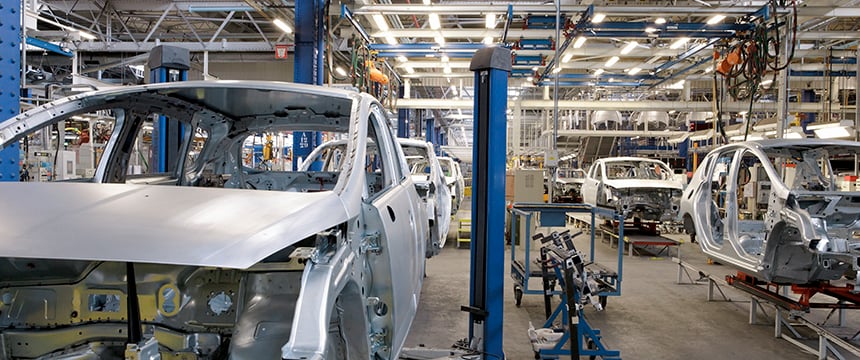
Today, Shanghai is slated to come out of a strict two-month COVID lockdown. China’s largest city, Shanghai is home to about 25 million people. The end of lockdown will permit residents to more freely move about the city, where the lockdowns had necessitated some companies to house workers on site to continue operations. The ongoing COVID surge in China, and resulting lockdowns, continue to put pressure on the supply chain and operations of many large automakers. In Shanghai alone, large automakers saw a 75% decline in production during April.
Earlier in the week, Beijing also lifted work from home restrictions. The impact is being felt in global vehicle sales. China saw a 41% drop in passenger vehicle production in April. Shanghai also recorded zero auto sales in April.
In an effort to counteract weak auto sales, starting June 1 Beijing is cutting in half the sales tax on passenger vehicles priced at 300,000 yuan or below, and with 2.0L or smaller engines. The temporary tax break will run through December 31.
The recent lockdowns and slower sales pace has caused some analysts to reduce their global outlook for the year. As reported in Reuters, JD Power and LMC Automotive reduced their projections for the year to 80 million vehicles (down about 1.7 million units). The global inflation pressures have also contributed to the reduced outlook, with projected slowing demand as consumers postpone big purchases.
In good news, moving forward into late 2022 and early 2023, reduced demand may ease some of the supply chain pressures and significant backlogs on new vehicles—barring any new major container ship accidents, severe weather disruptions, and civil unrest.
